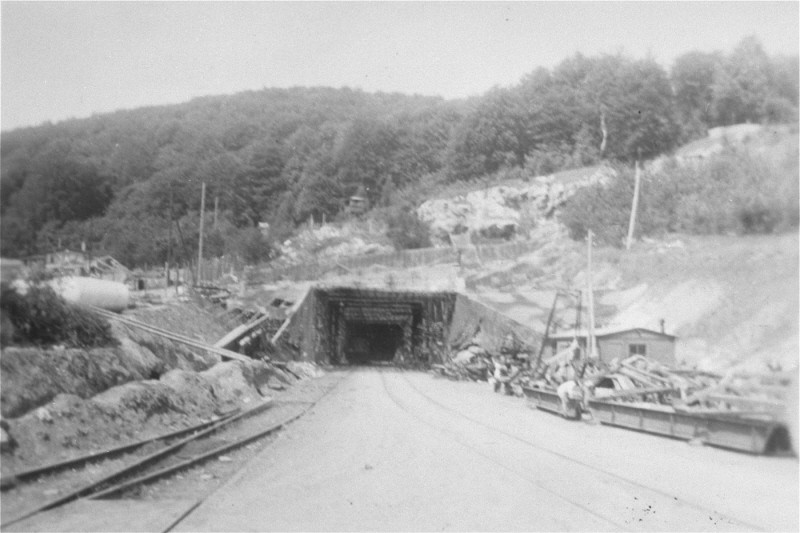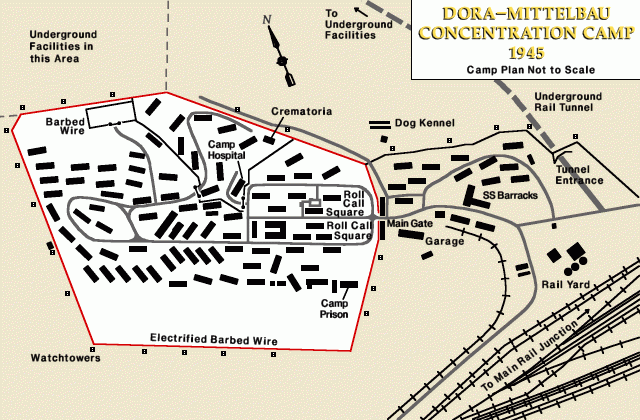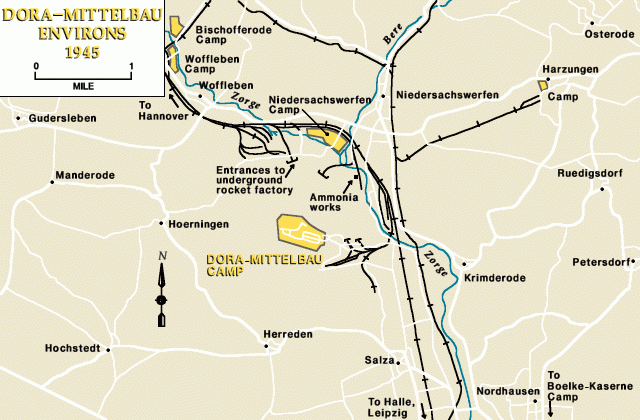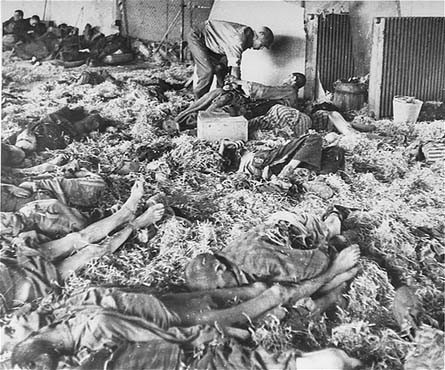
Dora-Mittelbau: Overview

The Dora-Mittelbau (also known as Dora-Nordhausen or Nordhausen) camp was established in central Germany near the southern Harz Mountains, north of the town of Nordhausen. It was originally a subcamp of Buchenwald. Prisoners from Buchenwald were sent to the area in 1943 to begin construction of a large industrial complex. In October 1944, the SS made Dora-Mittelbau an independent concentration camp with more than 30 subcamps of its own.
Allied air raids on industrial complexes in Germany necessitated the construction of underground production facilities. Concentration camp prisoners dug huge tunnels into the surrounding mountains to house the production and storage areas. In 1943, prisoners at Dora-Mittelbau began construction of large underground factories and development facilities for the V-2 missile program and other experimental weapons. These so-called Weapons of Retaliation (Vergeltungswaffen), as the Germans called them, were constructed and stored in the underground facilities and bomb-proof shafts.
Until the spring of 1944, prisoners were kept mostly underground, deprived of daylight and fresh air, and enclosed in unstable tunnels. The mortality rate was higher than at most other concentration camps. Prisoners too weak or ill to work were sent to Auschwitz-Birkenau or Mauthausen to be killed. In 1944, a compound to house forced laborers was built above ground level south of the main factory area. Once full production of the missiles began in the fall of 1944, Dora-Mittelbau had a standing prisoner population of at least 12,000.
Dora-Mittelbau was enclosed by an electrified barbed-wire fence, with the main entrance located in the east of the camp. To the west of the main entrance was the roll call area, where prisoners were assembled before they were marched off to forced labor. To the east, beyond the entrance, was the SS camp. The crematoria were located in the north of the camp. The camp prison was in the south part of the camp.
Dora-Mittelbau Subcamps

The Dora-Mittelbau camp was the center of a vast network of forced-labor camps constructed in 1944-1945 throughout the Harz Mountain region, including those located in nearby Niedersachswerfen, Nordhausen, and Neusollstedt. Prisoners in the Dora-Mittelbau camp system quarried stone and worked in construction projects, munitions factories, the nearby ammonia works, and other projects related to weapons development and production.
Dora-Mittelbau had a prisoner resistance organization, which sought mainly to delay production of the Weapons of Retaliation and to sabotage the rockets that were produced. Prisoners suspected of sabotage were usually killed; more than 200 were publicly hanged for sabotaging production.
The Liberation of Dora-Mittelbau
In early April 1945, the Nazis began to evacuate the prisoners from Dora-Mittelbau. Within days, most of the remaining prisoners were sent to Bergen-Belsen in northern Germany. Thousands were killed during death marches under horrendous conditions. When American forces liberated Dora-Mittelbau in April 1945, only a few prisoners were still in the camp.

Critical Thinking Questions
- How and why did the function of the concentration camp system change in the middle of World War II?
- How do these camps differ from relocation or transit camps in other national histories? How are they similar to camps in other national histories?

